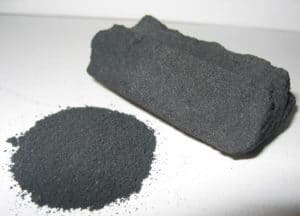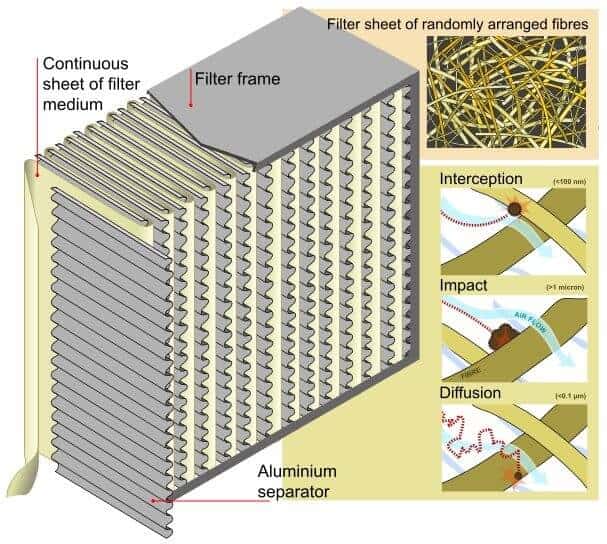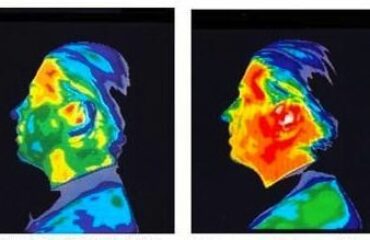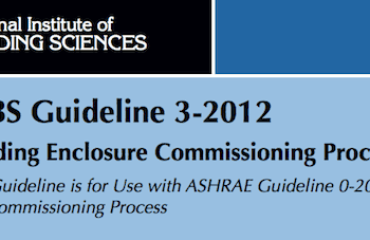Air Filters for Allergies

Which Portable Air Filters for Allergies are Right for Me?
Are you suffering from allergies? Did you recently remodel your home and are bothered by noxious odors? Wondering which air filters for allergies are right for your home or office? Maybe you want to take preventative action against possible indoor airborne pollutants in the form of particulates like mold spores or pollen and/or in the form of gaseous pollutants like combustion byproducts, cleaning products, and off-gassing building materials. Many portable air filters are sold by hardware and department stores and over the internet. These air cleaners can help to remove these pollutants. Below is a list of different types of portable air filters:
HEPA Air Filters for Allergies
We commonly recommend the use of portable HEPA (high-efficiency particulate air) filters which remove at least 99.97% of air particulates as small as 0.3 micrometers. These filters are built under strict Department of Energy standards. HEPA filters can be used with most cleaners and purifiers, and with certain vacuum cleaners. Pre-filters can also be used to block large particles from coming in contact with the HEPA filter, preventing it from becoming damaged or clogged. They can be washed repeatedly and which helps your filter last longer.
Activated Carbon Air Filters for Allergies
Activated carbon filters consist of small pieces of carbon that are treated to be porous, allowing the carbon to absorb contaminants. These filters are often used with HEPA or other filters. Because of their ability to collect odors and gases, activated carbon filters are very effective in conjunction with other filters that remove particulates from the air. However, some filters, need to be changed often in order to be effective, which can be costly.
Ozone Producing Air Filters for Allergies
We do not recommend using ozone-producing filters – Nor does the EPA, the California Air Resources Board, or any other government agency. According to the EPA, relatively low amounts of ozone inhalation can cause chest pain, coughing, shortness of breath and throat irritation. Ozone may also worsen chronic respiratory diseases such as asthma and compromise the ability of the body to fight respiratory infections. Air filters to avoid include electrostatic precipitators, charged media filters, and ion and ozone generators. The following link leads to a list from the California Air Resources Board of potentially hazardous ozone generators sold as air purifiers.
Antibacterial and Germicidal Filters
Antibacterial and germicidal filters can be helpful in removing organic particulates, which include mold and bacteria. They sometimes use UV light, and can be used alone or in conjunction with a HEPA filter. While not always necessary, the addition of these filters can provide added protection and peace of mind.
Photoelectrochemical Oxidation (PECO) Air Filters
PECO reactions break down chemicals at the molecular level. The process can be used to purify both air and water. These types of air filters claim to remove virtually any allergen or volatile organic compound from the air through the destruction of the chemical compounds, instead of other filters’ methods of adsorbing or trapping contaminants.
Healthy Building Science is an environmental consulting firm providing indoor air quality testing services for commercial, multi-family buildings, offices, industrial and manufacturing workplaces, hospitals and medical facilities, and single-family homes in the greater San Francisco Bay Area and all of Northern California.




